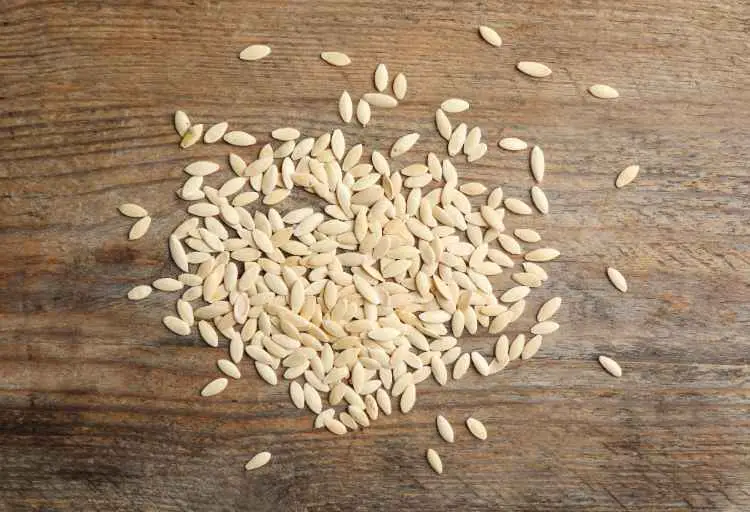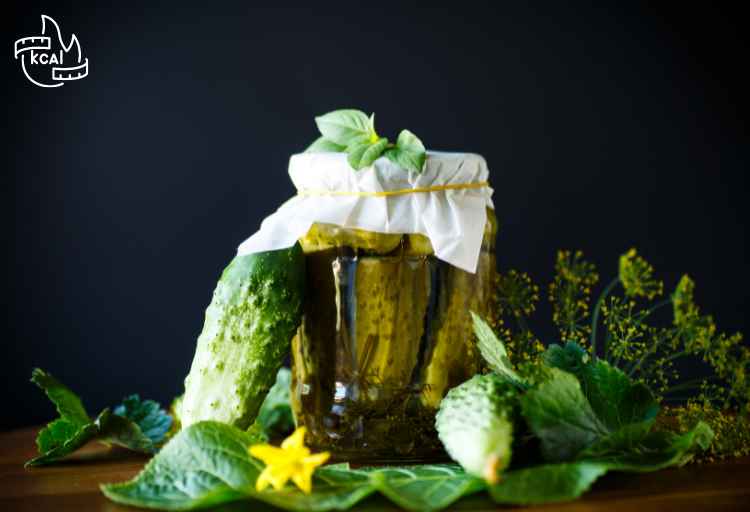When is Mango Season in Mexico? A Guide to Nature’s Sweet Bounty
Mangoes, often referred to as the “king of fruits,” are a tropical delight cherished for their luscious taste and vibrant colors.
Among the prime producers of these succulent gems is Mexico, a country known for its rich agricultural heritage.
Mango season in Mexico is a time of year eagerly anticipated by both locals and tourists alike, as the nation’s orchards burst into a riot of hues and flavors.
When is mango season in Mexico? The mango season in Mexico typically spans from late March to early July, peaking in April and May. Varieties like Ataulfo, Haden, Kent, and Criollo are harvested during this period, showcasing the country’s rich mango heritage.
Contents
When is mango season in Mexico: The Timing of Mango Season
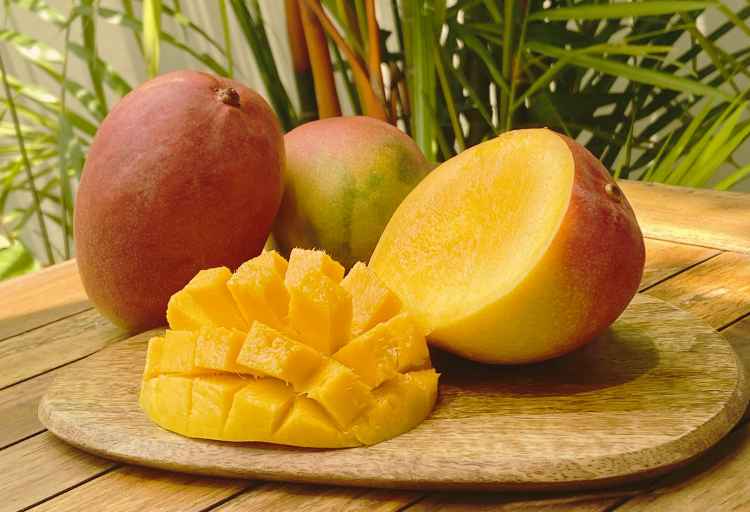
Early Spring
Blossoming Beauty Mexican mango season typically kicks off in early spring, around February and March, when the orchards are transformed into a visual spectacle of blooming mango trees.
These trees, laden with fragrant blossoms, mark the beginning of a journey that leads to the much-anticipated mango harvest.
The sweet aroma of the blossoms fills the air, creating an enchanting atmosphere.
Late Spring to Early Summer
The Arrival of Mangoes As spring progresses into summer, the mango trees bear the fruits of their labor – quite literally!
Late April to July witnesses the peak of the mango season in Mexico, when an abundant variety of mangoes are ready to be plucked from the branches.
This period showcases the diversity of mango cultivars that thrive in different regions of the country.
Varieties Galore: A Rainbow of Flavors
Mango Ataulfo (Honey Mango)
One of the stars of the Mexican mango season is the Ataulfo mango, also known as the Honey Mango.
Its buttery texture and sweet, non-fibrous flesh make it a favorite for eating fresh, blending into smoothies, or adding to fruit salads. These golden gems are typically available from March to July.
Mango Haden
Haden mangoes, recognizable by their vibrant red and green skin, are among the earliest to arrive in the season.
They are characterized by their rich, sweet flavor and moderate fiber content. Haden mangoes generally make their appearance from March to May.
Mango Kent
The Kent mango is a staple variety, known for its large size and juicy, aromatic flesh.
With a smooth green skin that turns yellow as it ripens, Kent mangoes are sought after for their versatility in both culinary creations and snacking. You can find them from March to July.
Mango Criollo
This indigenous Mexican mango variety, often referred to as Criollo, showcases the country’s deep mango heritage. Its flavors are rich and complex, with hints of citrus and spice.
Criollo mangoes typically mature in late spring and early summer, adding unique flavors to the mango bounty.
Cultural Significance and Traditions
Mango Festivals and Celebrations In Mexico, the mango season is not only a time for enjoying the delicious fruit but also a reason to celebrate.
Many regions host vibrant mango festivals, where locals and visitors come together to revel in the abundance of mangoes. These festivals feature a variety of mango-based dishes, drinks, and activities that showcase the cultural importance of this fruit.
Traditional Uses and Culinary Delights Mangoes hold a special place in Mexican cuisine.
From salsas and chutneys to ice creams and desserts, mangoes find their way into a plethora of dishes.
One beloved treat is ‘mangonada,’ a spicy and tangy mango-flavored beverage, often garnished with chili powder and lime.
Conclusion
The Mexican mango season is a delightful convergence of nature’s beauty and culinary prowess.
From the fragrant blossoms that mark the beginning of the journey to the diverse array of mango varieties that grace our tables, the season is a testament to the country’s agricultural excellence.
As you savor the succulence of a perfectly ripe Mexican mango, you’re not just indulging in a delicious treat – you’re partaking in a centuries-old tradition that celebrates the bounties of the land and the rich tapestry of Mexican culture.
So, whether you’re strolling through an orchard or savoring a mango-infused dish at a local festival, take a moment to relish the flavors of this cherished season.
Disclaimer
Please note that the exact timing of the mango season can vary slightly based on factors such as climate variations and geographical locations within Mexico. It’s recommended to check with local sources for the most accurate and up-to-date information regarding mango season timings.
FAQs
When is the best time to enjoy mangoes in Mexico?
The prime time to relish Mexican mangoes is from late March to early July, with the peak occurring in April and May. This period offers a variety of delectable mango cultivars.
What are the popular mango varieties available during the Mexican mango season?
Mexican mango season introduces an array of varieties, including the creamy Ataulfo, vibrant Haden, juicy Kent, and the flavorful indigenous Criollo mango.
Are there any cultural celebrations during the Mexican mango season?
Absolutely! Mango festivals were a significant part of Mexican culture during this time. These vibrant celebrations showcase mango-based dishes, beverages, and activities, offering a unique cultural experience.
Can you find mangoes outside the typical season in Mexico?
While the primary mango season is from March to July, some regions might have limited availability outside this timeframe due to microclimates. However, the peak season remains the best time to enjoy a wide variety of fresh mangoes.
How can I ensure I’m getting the best quality mangoes during the season?
To ensure the finest quality, opt for mangoes with vibrant colors, a fruity aroma at the stem, and slight softness when gently pressed. Local markets and fruit vendors often offer the freshest picks during the season.
